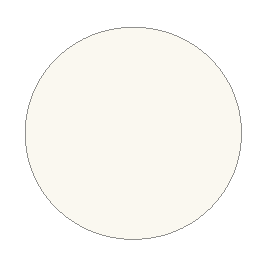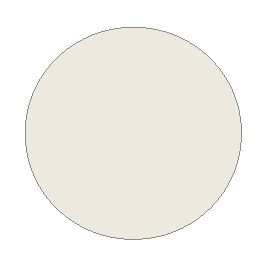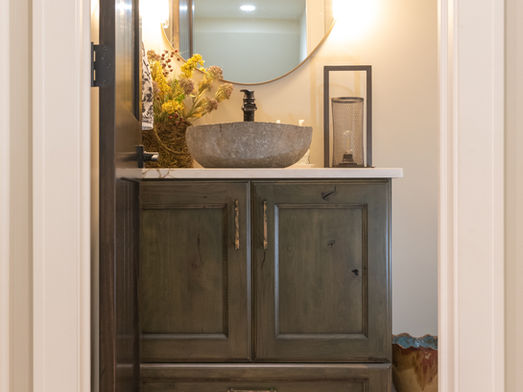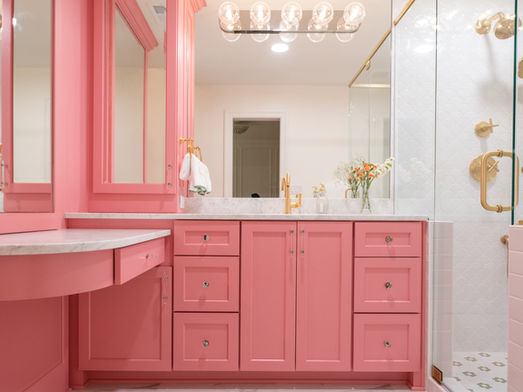KC Home Design Studio | Call Us: 816.988.7230

FINISH: STAIN & PAINT
Cabinetry is your home's largest piece of furniture. It should look beautiful and endure for a lifetime. Because a superior finish is critical for the lasting beauty of all woodwork, we use the best method for finishing and protecting your cabinetry, whether painted or stained.
Paint
The perfect blue sky, an orange sunset, or your favorite shade of grass green- all colors are possible for a painted finish. Paint finish has a consistent look and protects the wood, especially with Crown’s post-catalyst varnish.
Stain
Just like people, no two trees are exactly the same. Grain, texture and color are unique to a wood species, and each tree has its own variations. Stain enhances the wood’s distinctive traits and protects it for lasting beauty thanks to post-catalyst varnish. Since stain is relatively translucent, the wood shows through and affects the final color. For example, Medium Brown Walnut stain on cherry wood will have undertones of red, but applied on red oak it appears lighter.
Finishing Techniques
Finishing techniques include sanding edges, distressing the finish, and adding dents and marks to the cabinetry. These techniques are done by artisans in our plant instead of machines. Therefore, each piece is unique and has variations.
Glazes
Glazes accentuate edges and details, giving each piece character. It can be applied to stain and paint finishes by spraying, brushing or wiping. Once the surface is covered, the excess glaze is hand-wiped away, leaving a “hang up” of light to dark tones in corners, deep grooves, and wood grains. Hang-ups are not evenly distributed, which contributes to the unique beauty of each piece.
Same Door. Different Finish Techniques.
Both of these cabinet doors are painted in Clary Sage by Sherwin Williams and are the Bentley door style. However, the differences in their finishes are striking, dramatically altering the look of the same cabinet door design.
* Finish colors displayed on screen are not an exact representation.
*The color of the wood and finish may change during the product’s lifetime due to the type of wood species, exposure to light and other environmental factors. This is considered part of the natural aging process.






































